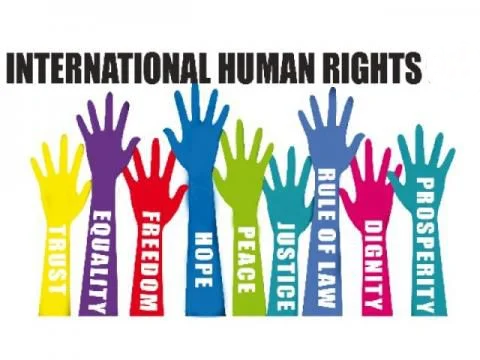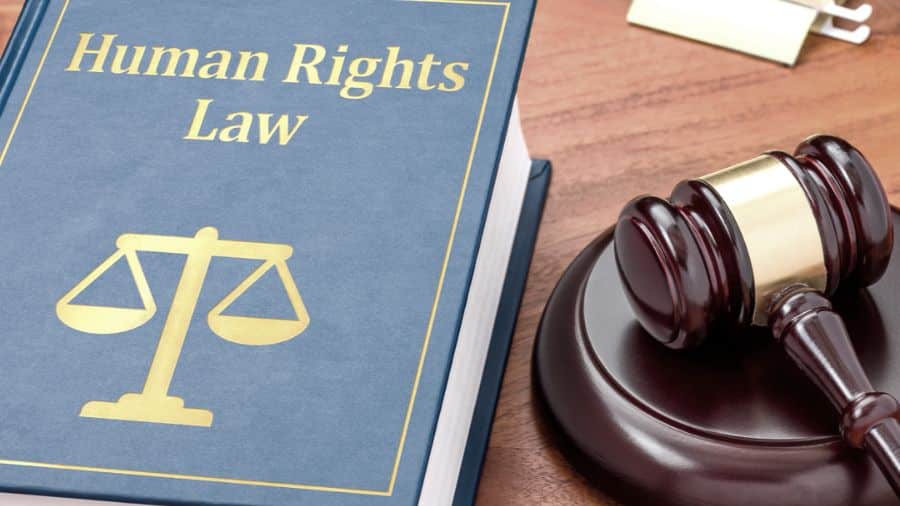Introduction
International Human Rights Law (IHRL) is a cornerstone of global efforts to promote peace, justice, and equality. Rooted in the aftermath of World War II and the atrocities that prompted a reevaluation of human dignity, IHRL seeks to establish and safeguard fundamental rights for every individual, regardless of nationality, ethnicity, religion, or social status. This article delves into the historical evolution, legal frameworks, challenges, and future prospects of IHRL, providing a thorough understanding of its significance in contemporary society.
Historical Evolution
The concept of human rights predates modern legal systems, with roots in ancient civilizations and philosophies. Notable milestones include:
- Ancient Foundations: The Code of Hammurabi (c. 1754 BCE) and the Edicts of Ashoka (3rd century BCE) emphasized justice, welfare, and the protection of individuals.
- Medieval Developments: Documents such as the Magna Carta (1215) in England laid early groundwork for limiting state power and protecting individual freedoms.
- The Enlightenment Era: Philosophers like John Locke and Jean-Jacques Rousseau championed the idea of natural rights, influencing revolutionary movements in the 18th century, including the American and French revolutions.
The atrocities of World War II marked a turning point, leading to the establishment of the United Nations (UN) in 1945. The UN Charter explicitly recognized the importance of human rights, paving the way for the Universal Declaration of Human Rights (UDHR) in 1948.
Key Instruments of International Human Rights Law
IHRL is anchored in a series of treaties, declarations, and conventions. The following are its foundational documents:

- Universal Declaration of Human Rights (1948):
- A non-binding resolution that outlines fundamental rights and freedoms.
- It serves as a moral compass for subsequent treaties and national constitutions.
- The International Covenant on Civil and Political Rights (ICCPR, 1966):
- Protects freedoms such as speech, religion, and voting rights.
- Establishes the Human Rights Committee for monitoring compliance.
- The International Covenant on Economic, Social, and Cultural Rights (ICESCR, 1966):
- Guarantees rights to education, health, and an adequate standard of living.
- Highlights the principle of progressive realization based on available resources.
- Regional Instruments:
- European Convention on Human Rights (ECHR, 1950): Enforced by the European Court of Human Rights.
- American Convention on Human Rights (1969): Overseen by the Inter-American Court of Human Rights.
- African Charter on Human and Peoples’ Rights (1981): Promotes collective rights alongside individual freedoms.
Principles Underpinning IHRL
IHRL operates on several guiding principles to ensure its effectiveness and universality:
- Universality: Human rights apply to all individuals without discrimination.
- Indivisibility: Civil, political, economic, social, and cultural rights are equally important and interdependent.
- Inalienability: Rights cannot be taken away except under specific, lawful circumstances.
- Accountability: States and other actors must uphold and protect human rights, with mechanisms in place to address violations.
Implementation and Enforcement Mechanisms
The effectiveness of IHRL relies on robust implementation and enforcement strategies. Key mechanisms include:
- United Nations Human Rights System:
- The Office of the High Commissioner for Human Rights (OHCHR): Coordinates UN efforts and supports states in fulfilling their obligations.
- Treaty Bodies: Committees monitor compliance with specific treaties, such as the Committee on the Elimination of Discrimination against Women (CEDAW).
- International Courts and Tribunals:
- The International Court of Justice (ICJ): Addresses disputes between states related to human rights violations.
- The International Criminal Court (ICC): Prosecutes individuals for crimes such as genocide, war crimes, and crimes against humanity.
- Regional Courts:
- The European, Inter-American, and African human rights courts provide regional avenues for justice.
- National Mechanisms:
- National human rights institutions (NHRIs) and judicial systems play a crucial role in implementing international norms domestically.
Challenges in International Human Rights Law
Despite its achievements, IHRL faces numerous challenges:
- Sovereignty vs. Universality:
- Some states resist external scrutiny, citing sovereignty as a shield against international intervention.
- Non-State Actors:
- Transnational corporations, armed groups, and other entities often operate outside traditional legal frameworks, complicating accountability.
- Cultural Relativism:
- Critics argue that IHRL imposes Western values on diverse cultural contexts, leading to tensions over its universality.
- Enforcement Limitations:
- Lack of binding power for certain mechanisms, such as the UDHR, weakens enforcement.
- Political considerations often influence decisions in bodies like the UN Security Council.
- Emerging Issues:
- Climate change, digital privacy, and artificial intelligence pose new challenges requiring adaptation of existing frameworks.
Case Studies: Successes and Failures

Success Stories:
- Abolition of Apartheid in South Africa:
- International pressure and human rights advocacy contributed to the end of apartheid.
- The Role of the European Court of Human Rights:
- Landmark judgments, such as Lautsi v. Italy, have strengthened protections for individual freedoms.
Failures:
- Rwandan Genocide (1994):
- The international community’s delayed response highlighted the limitations of IHRL in preventing atrocities.
- Syrian Civil War:
- Ongoing violations underscore the challenges of enforcement amid geopolitical complexities.
Future of International Human Rights Law
The evolution of IHRL will depend on its ability to adapt to contemporary challenges. Key areas of focus include:
- Strengthening Enforcement:
- Enhancing the binding nature of treaties and ensuring compliance through sanctions or incentives.
- Addressing Non-State Actors:
- Developing legal frameworks to hold corporations and armed groups accountable.
- Incorporating Emerging Issues:
- Expanding protections to address climate-induced displacement, digital rights, and AI ethics.
- Fostering Global Cooperation:
- Bridging divides between states through dialogue and capacity-building initiatives.
Conclusion
International Human Rights Law remains a vital framework for ensuring dignity, equality, and justice worldwide. While challenges persist, its principles and mechanisms continue to inspire progress and resilience. By addressing emerging issues and fostering global collaboration, IHRL can remain a beacon of hope and a foundation for a more equitable future.
